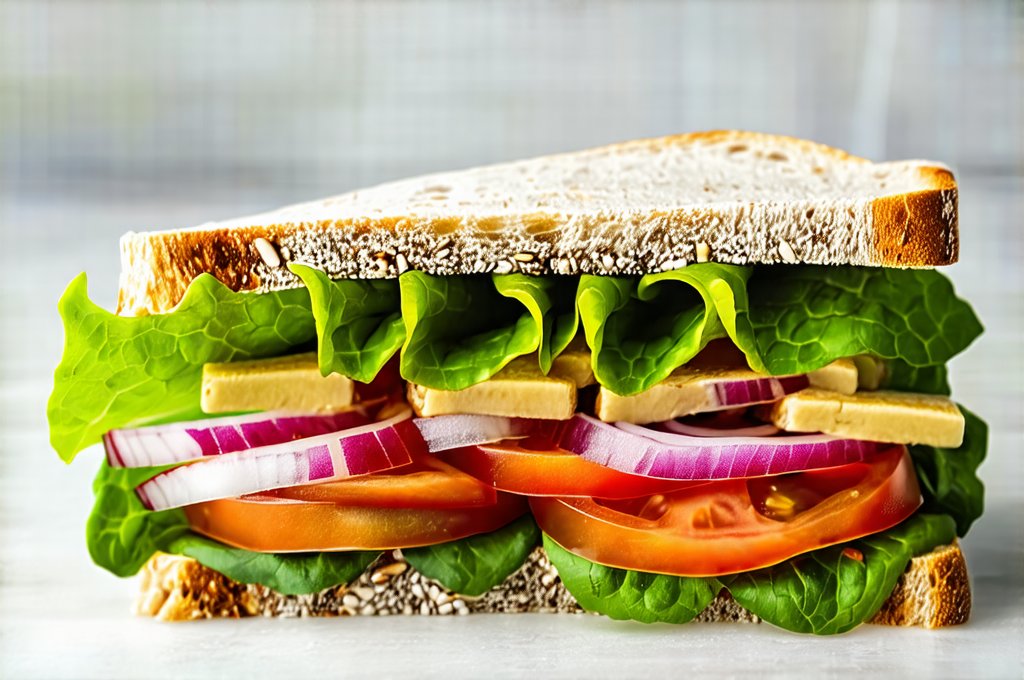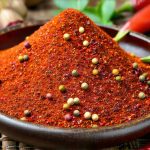Gastroesophageal reflux disease (GERD) affects millions, often leading to uncomfortable symptoms like heartburn, regurgitation, and difficulty swallowing. Dietary adjustments are frequently recommended as part of managing GERD, but navigating food choices can be challenging. Many people find that certain foods trigger their symptoms, while others are well-tolerated. One significant aspect of a GERD-friendly diet is reducing acidity; however, completely eliminating acid isn’t the goal – it’s about minimizing irritation and preventing reflux. This often means shifting focus to low-acid options rather than strictly avoiding everything remotely acidic, as overly restrictive diets can be difficult to maintain long-term and may not always improve symptoms.
Lunchtime presents a unique challenge for those with GERD. Often consumed away from home or during busy workdays, lunch choices are frequently driven by convenience rather than dietary considerations. This can lead to reliance on fast food, processed snacks, and other items known to exacerbate reflux. The key is to plan ahead and prepare lunches that prioritize gentle digestion and minimize triggers. This isn’t about deprivation; it’s about making informed choices and discovering flavorful, satisfying meals that support your digestive health without sacrificing enjoyment. A well-constructed low-acid sandwich can be a convenient, portable, and delicious option for a GERD-safe lunch. You might find inspiration in easy lunches tailored to digestive sensitivities.
Building Blocks of a GERD-Friendly Sandwich
The foundation of any good sandwich is the bread, but for those with GERD, choosing the right bread is crucial. Highly processed white breads often lack fiber, which aids in digestion, and can contribute to quicker spikes in blood sugar that might worsen symptoms. Instead, opt for whole grain or sourdough breads. Sourdough, surprisingly, can be easier on the stomach for some individuals despite its slight tanginess due to its fermentation process, which breaks down gluten and phytic acid. Whole wheat bread provides fiber but may still cause issues for those sensitive to gluten. Beyond the type of bread, consider portion size – a smaller sandwich can reduce the overall digestive load.
The fillings are where creativity meets caution. Avoid common GERD triggers such as tomatoes, citrus fruits, onions, garlic, and spicy peppers. These ingredients increase stomach acidity or irritate the esophageal lining. Instead, focus on lean proteins like turkey or chicken breast, mild cheeses (mozzarella is often well-tolerated), avocado for healthy fats, and plenty of leafy greens. Condiments can also be problematic; mayonnaise is generally okay in moderation, but mustard and ketchup should be used sparingly or avoided altogether due to their acidity. A smear of hummus or a small amount of olive oil-based spread can add flavor without triggering symptoms. To help you further refine your diet, consider adapting traditional dishes to suit your needs.
Finally, don’t underestimate the importance of pairing your sandwich with a side dish that complements its GERD-friendly nature. Steamed vegetables (like green beans or carrots), a small serving of quinoa salad, or even a piece of fruit (pear or melon are good choices) can complete a balanced and satisfying lunch. Remember to listen to your body and identify which foods specifically trigger your symptoms – everyone is different.
Sandwich Ideas: Recipes for Relief
Here are a few specific sandwich ideas that adhere to low-acid principles, offering variety and flavor without compromising digestive comfort:
- Turkey & Avocado: Whole grain bread with sliced turkey breast, mashed avocado, spinach leaves, and a thin spread of mayonnaise.
- Chicken & Mozzarella: Sourdough bread with grilled chicken breast, fresh mozzarella slices, lettuce, and a drizzle of olive oil.
- Hummus & Cucumber: Whole wheat bread (if tolerated) or sourdough with hummus, sliced cucumber, shredded carrots, and sprouts.
- Lean Roast Beef & Swiss: Rye bread (ensure it’s not overly strong in flavor) with lean roast beef, swiss cheese, lettuce, and a tiny dab of horseradish sauce if tolerated.
These recipes are starting points; feel free to experiment within the guidelines. The goal is to create a sandwich that you enjoy eating and that doesn’t cause discomfort. Preparation is key – assembling sandwiches ahead of time ensures you have a GERD-safe lunch readily available when needed, reducing the temptation to opt for less healthy alternatives. If you struggle with digestion, exploring low-fodmap food ideas might offer relief.
Navigating Potential Problem Ingredients
Many seemingly harmless ingredients can exacerbate GERD symptoms. While individual sensitivities vary greatly, there are certain foods that commonly contribute to reflux. Chocolate, for example, contains methylxanthines which relax the lower esophageal sphincter (LES), allowing stomach acid to flow back up. Similarly, caffeine (found in coffee, tea, and some sodas) has a similar effect. Fatty foods also increase the risk of reflux because they take longer to digest, increasing pressure on the LES.
Another often overlooked culprit is mint. While soothing for some digestive issues, mint can actually relax the LES, worsening GERD symptoms. Alcohol is another common trigger, as it also relaxes the LES and increases stomach acid production. Carbonated beverages introduce gas into the digestive system, increasing abdominal pressure and potentially leading to reflux. Understanding these potential problem ingredients allows you to make more informed choices when building your sandwich and planning your lunch. To help build a long-term plan, consider building a GERD-safe pantry.
Portion Control & Meal Timing
Even GERD-friendly foods can cause problems if consumed in excessive quantities. Portion control is crucial for minimizing symptoms. Overeating puts pressure on the stomach and LES, increasing the likelihood of reflux. Aim for smaller, more frequent meals throughout the day rather than large portions at infrequent intervals. This reduces the overall digestive load and helps prevent discomfort.
The timing of your meal also matters. Avoid eating within 2-3 hours of bedtime to allow sufficient time for digestion before lying down. Lying down immediately after eating increases the risk of acid reflux. Similarly, avoid strenuous activity right after eating. Give your body time to process the food before engaging in physical exertion. Consider eating smaller meals more frequently throughout the day, instead of three large meals, if you find this helps manage symptoms.
Identifying Your Personal Triggers
The information provided here is a general guide, but everyone responds differently to various foods. The most effective way to determine which foods trigger your GERD symptoms is to keep a food diary. Record everything you eat and drink, along with any associated symptoms (heartburn, regurgitation, bloating, etc.). Over time, patterns will emerge, revealing your personal triggers.
This process requires patience and self-awareness, but it’s invaluable for tailoring your diet to meet your specific needs. Don’t hesitate to consult with a healthcare professional or registered dietitian for personalized guidance. They can help you interpret your food diary, identify potential deficiencies, and develop a comprehensive GERD management plan that includes dietary modifications tailored to your individual circumstances. Remember, managing GERD is an ongoing process of learning and adaptation. If constipation is also an issue, consider breakfast ideas for relief alongside a balanced diet.


















